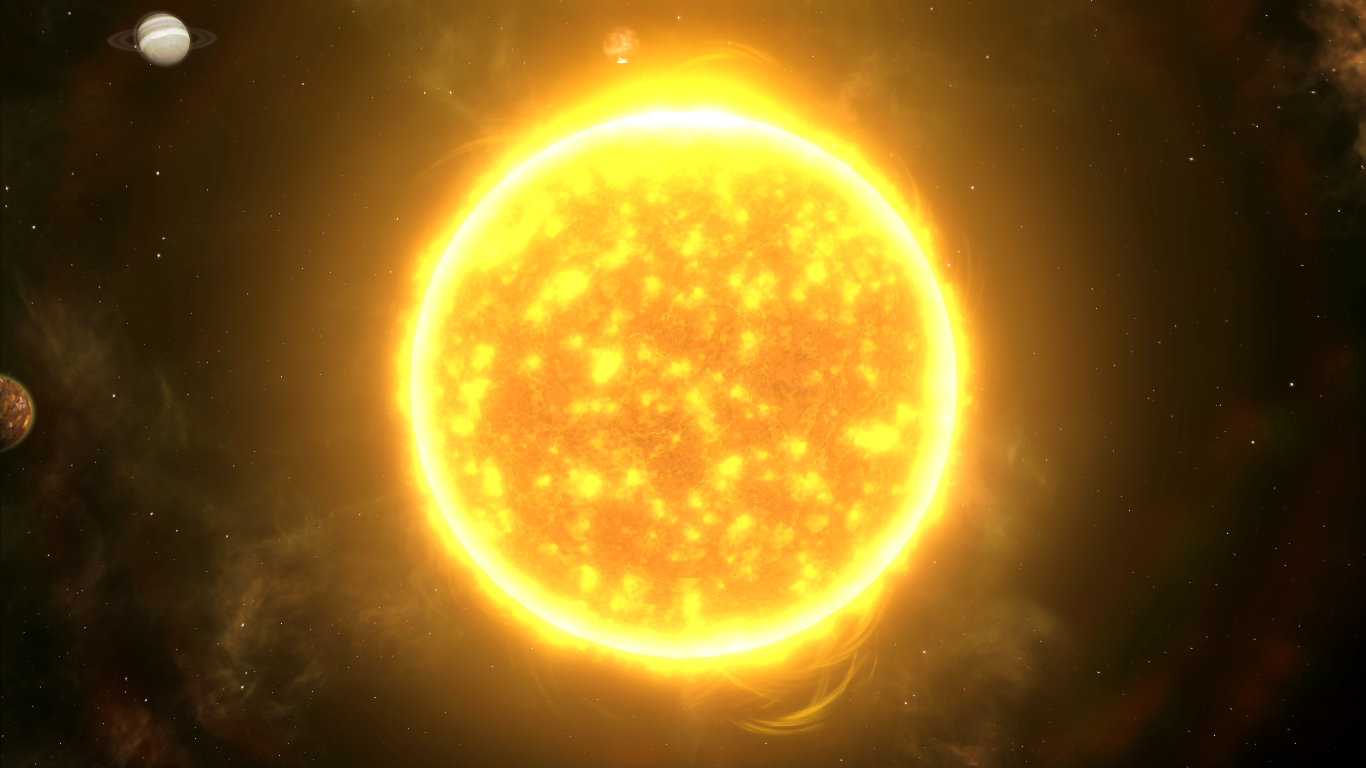Quasi star

A hypothesised sort of extraordinarily massive and brilliant star known as a quasi-star (also known as a black hole star) that may have existed early in the history of the Universe. Unlike current stars, which get their energy from nuclear fusion in their cores, a quasi-star gets its energy from material falling into a black hole at its centre.
Formation and properties of Quasi star
The centre of a big protostar exploding into a black hole would produce a quasi-star, with the protostar's outer layers massive enough to absorb the ensuing burst of energy without being blasted away or falling into the black hole, as happens with current supernovae. A star of at least 1,000 solar masses (2.0x10^33 kg) would be required. Quasi-stars might have developed as a result of dark matter halos attracting vast amounts of gas through gravity, resulting in supermassive stars with tens of thousands of solar masses.
Quasi-stars could only form early in the Universe's history, before heavier elements polluted hydrogen and helium; consequently, they might have been huge Population III stars. VY Canis Majoris and Stephenson 2-18, the two biggest known current stars, would be dwarfed by such giants.
Following the formation of the black hole in the protostar's core, the infall of stellar material would continue to generate a significant quantity of radiant radiation. This steady eruption of energy would counterbalance gravity, establishing a balance akin to that which maintains contemporary fusion-based stars. Quasi-stars would have had a very short maximum lifespan of roughly 7 million years, during which time the core black hole would have expanded to about 1,000–10,000 solar masses (2x10^33–2x10^34 kg). These intermediate-mass black holes are thought to be the forerunners of today's supermassive black holes.
Temperature and size of Quasi star
Surface temperatures of quasi-stars are expected to exceed 10,000 K (9,700 °C). Each one would be about as brilliant as a tiny galaxy at these temperatures and with radius of around 10 billion kilometres (67 au), or 14,000 times that of the Sun. The outer envelope of a quasi-star would grow transparent as it cools, until it reached a limiting temperature of 4,000 K (3,730 °C). The quasi-life star's would come to an end at this limiting temperature, as there is no hydrostatic equilibrium at or below this temperature. The item would then disintegrate fast, leaving behind the black hole of intermediate mass.
About Ibomma
Posted By InnoTechzz